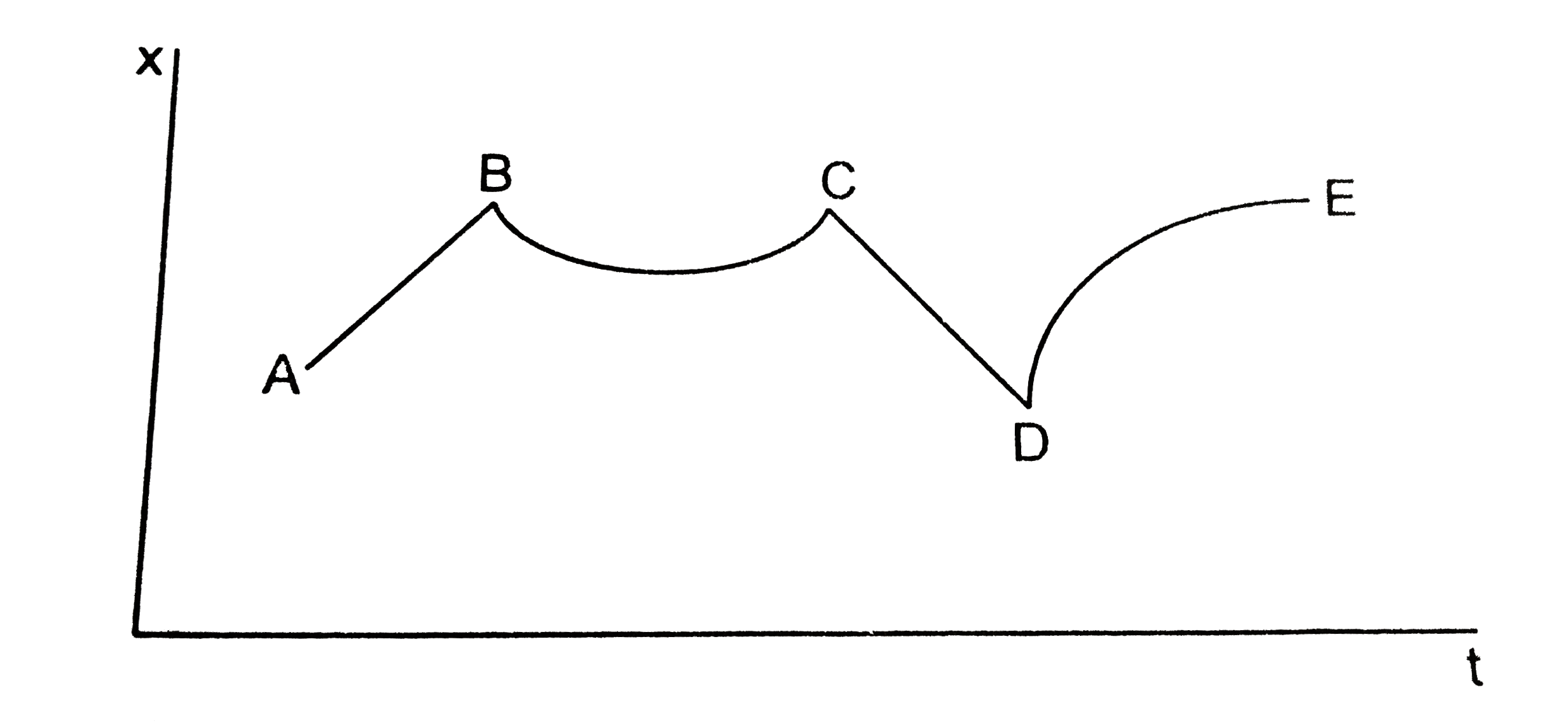Two forces f1=4N and f2=3N are acting on a particle along positve X−axis and negative y−axis respectively. The resultant force on the particle will be−
3ˆi+4ˆj
4ˆi+3ˆj
4ˆi−3ˆj
3ˆi−4ˆj
The correct Answer is:C

Resulant force =4ˆi−3ˆj
Topper's Solved these Questions
- TEST PAPERBOOK - ALLENCHAPTER - TEST PAPEREXERCISE - PHYSICS
4 Videos
- TEST PAPERBOOK - ALLENCHAPTER - TEST PAPEREXERCISE - PHYSICS
4 Videos
- SIMPLE HARMONIC MOTIONBOOK - ALLENCHAPTER - SIMPLE HARMONIC MOTIONEXERCISE - Example
1 Videos
- TEST PAPER 1BOOK - ALLENCHAPTER - TEST PAPER 1EXERCISE - PHYSICS
11 Videos
Similar Questions
Two forces →F1=2ˆi+2ˆjNand→F2=3ˆi+4ˆkN are acting on a particle
(a) Find the resultant force acting on particle
(b) (b) Find the angle between−→F1&−→F2
(c) Find the componant of force −→F1 along force −→F2.
View SolutionTwo forces of 12 N and 5 N are acting on a particle , with an angle of 60∘ between them , Calculate the resultant force .
View Solution
Knowledge Check
Forces of 4 N and 5 N are applied at origin along X-axis and Y-axis respectively. The resultant force will be
A√41N,tan−1(54)B√41N,tan−1(45)C−√41N,tan−1(54)D−√41N,tan−1(45)Three known forces →Fm,→F and 2→F acting on a particle along x-axis, 120∘ with + ve x-axis and 240∘ with the + ve x-axis, respectively. The particle is moving along 60∘ with +ve x-axis. Choose correct options.
AThere must be a fourth force acting on the particleBThere may be a fourth force acting on the particleCThere must be only given three forces acting on the particleDThere may be only three given forces acting on the particleFigure shows the displacement of a particle going along the X-axis as a function of time. The force acting on the particle is zero in the region
 AABBBCCCDDDE
AABBBCCCDDDE
Two forces F1=1N and F2=2N act along the lines x=0 and y=0, respectively. Then find the resultant of forces.
View SolutionThe given figure shows a plot of the time dependent force Fx acting on a particle in motion along the x-axis. What is the total impulse delivered by this force to the particle from time t = 0 to t = 2second?

View SolutionA particle moves on a circular path of radius R under the action of two constant forces F1andF2.F1 act along positive x axis and F2 acts along positive y-axis. Find the work done by F1andF2 in moving the particle from position A to position B as shown in figure.

View SolutionFive forces 2N,√3N,5N,√3and2N respectively act at a particel P as shown in figure.

The resultant force on the particle P is
View SolutionForces F1andF2 act on a point mass in two mutually perpendicular directions. The resultant force on the point mass will be
View Solution
